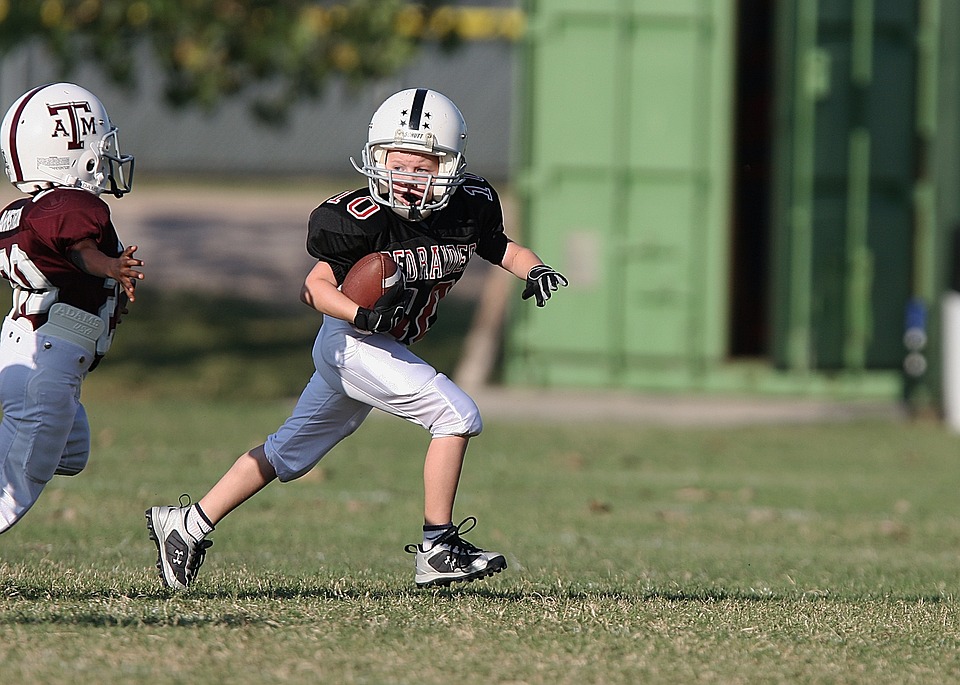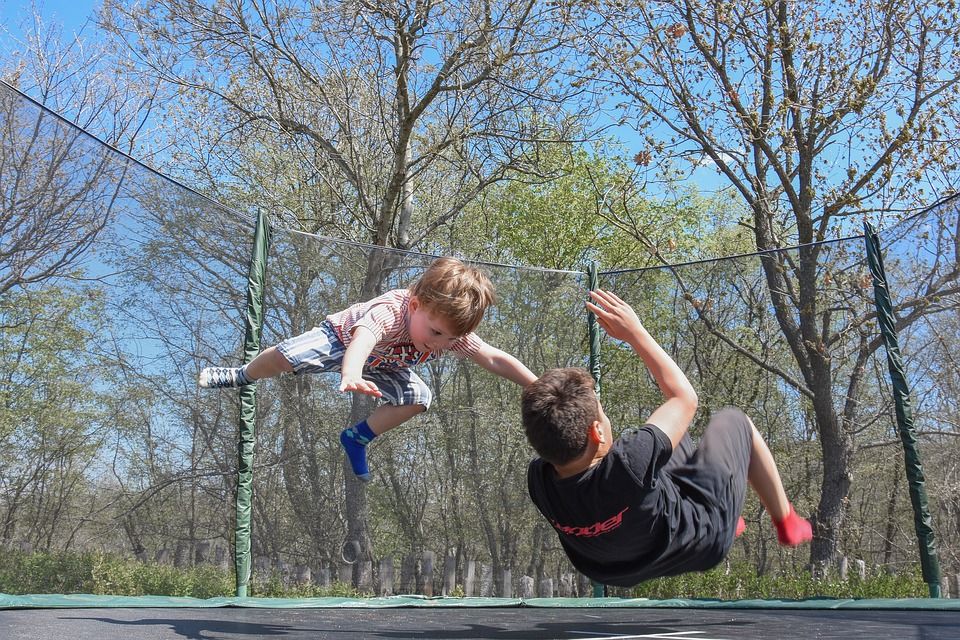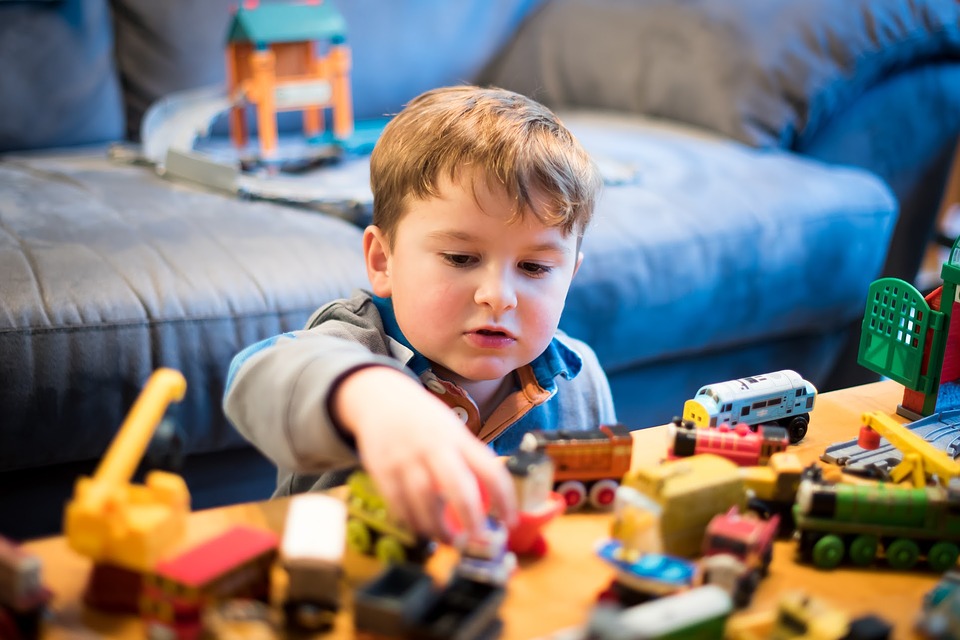
If you have kids at home and they love playing football, this article will help you explain the football game as well as helping your kids to become a better player.
Every parent should encourage their kids to play sport because it will teach them a lot of skill (more on this later).
Whenever you just begin a new thing in your life it is easy to feel confused and lost. Not every person has learned to play football from the primary school when everything comes naturally. So, before you start, it is useful to learn a few tips out the field.
What is football?
Football or American football is a team game that combines physical activity and strategic thinking. The goal of football is to advance the ball up the field. It can be achieved by running and passing the ball. The players score a touchdown by crossing the ball into the end zone. Football is one of the most popular sports in the United States.
What is the history of football?
The roots of modern football can be found in a primitive game of rugby. It was played in America and other countries in the mid-nineteenth century. People liked this game so much, that started developing it, making the rules more complicated and interesting.
The Father of American Football is considered to be Walter Camp, who exchanged the traditional rugby scrum for a line of scrimmage in 1880. Two years later, in order to negate Yale and Princeton’s strategy to hold the ball without scoring, the four down system was introduced.
The following year the number of players was reduced to eleven, the seven-man offensive line with a quarterback, two halfbacks, and a full back was proposed. The first professional American football game took place in 1895, and in the early 1920s, the National Football League (NFL) was established. Now it is impossible to imagine the modern United States without football. It became not only a game but a whole symbol of a disciplined and energetic nation.
What are the basic football tips the beginner should know?
#1. A good football player must be fast and agile.
You can improve your agility by practicing with jumping rope, leaping over cones and running through tires.
#2. The lesser contact versions of Football are also available.
While Tackle Football is considered to be a professional sport and practiced by major professional leagues, there are a variety of other options, like flag football and touch football. They are more save and allow female teams to get engaged without fear to be injured.
#3. Football equipment or gear play important role in protecting the players during the game.
They include a helmet, shoulder pads, football pants, cleats, a mouth guard, and some other elements for extra protection. Choosing the football gear for the first time it is better to take a look at the famous brands, whose quality has been proved, like Under Armour, Nike, Epic Sports and others.
#4. When you lose, you don’t lose a lesson.
This tip is applicable to any sports, but it can be very difficult to understand to a newcomer. Every game is an experience that you learn, so with every single game, you only win to build a better, stronger and smarter version of yourself.
#5. It’s not about me, it’s about we
To succeed at playing football, you need to work as a team. You will need to develop leadership skills and other soft skills to help you and your team achieve your common goal. Team playing is a major key to success. You need to be able to motivate and encourage other team members and be an example.

